The Cost (and Rewards) of Building an RWB
The best (and worst) thing about the internet is the information that is immediately accessible with the touch of a few keystrokes. Particularly for automotive enthusiasts, the seemingly infinite resources available via the internet have allowed easy access to previously inaccessible parts and tuners, eliminating time and language barriers that had stood for so long.
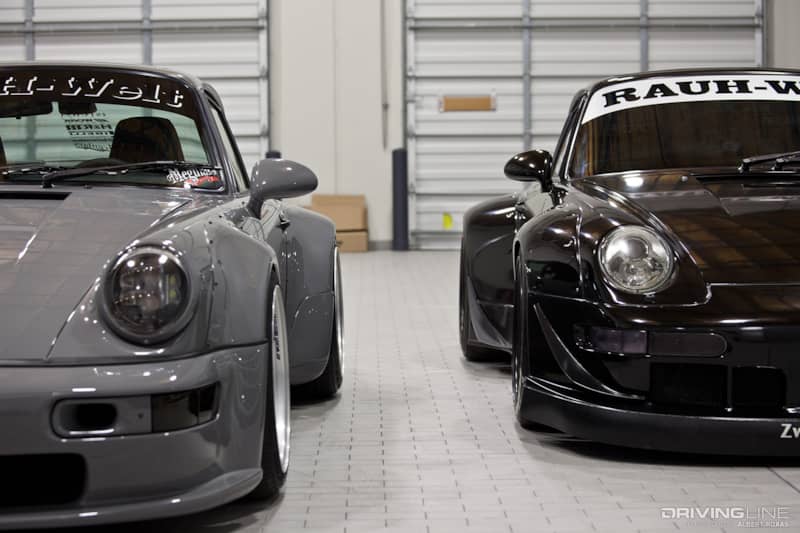
Case in point: RAUH-Welt Begriff (RWB) — a one-man shop (literally) from Japan that has become one of the most desired body kits for the Porsche 911 air-cooled aftermarket. If you’re not familiar with RWB, be sure to check out an earlier Driving Line feature to see what it's all about.
Because of the power of the internet, it may appear that RWBs are quite common, but this is hardly the truth; the process and cost itself to build one is eye opening. There have been legendary stories that I’ve read on the internet about the process or mystique around obtaining an RWB kit, some of which are true.
Having had access to a few RWB builds as well as the family itself, I wanted to do my part to shed a little light on it for the masses.
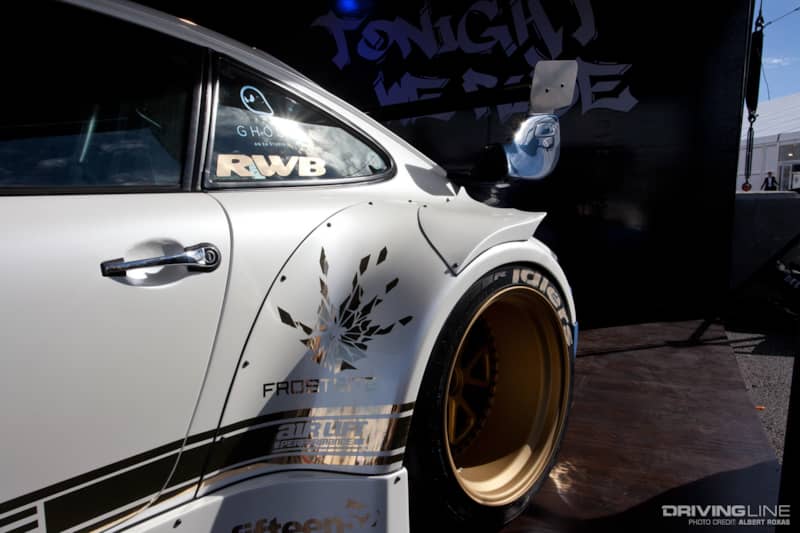
For those of you familiar with RWB, you’re well aware you can’t simply purchase the kit through a typical tuner shop. If you’re in the U.S., you will likely go through RWB USA or RWB Los Angeles. It’s a bit arbitrary, as both would be doing the same thing, assisting with direct contact to RWB Japan’s home base. Most if not all of this contact will take place via email, chat or phone.
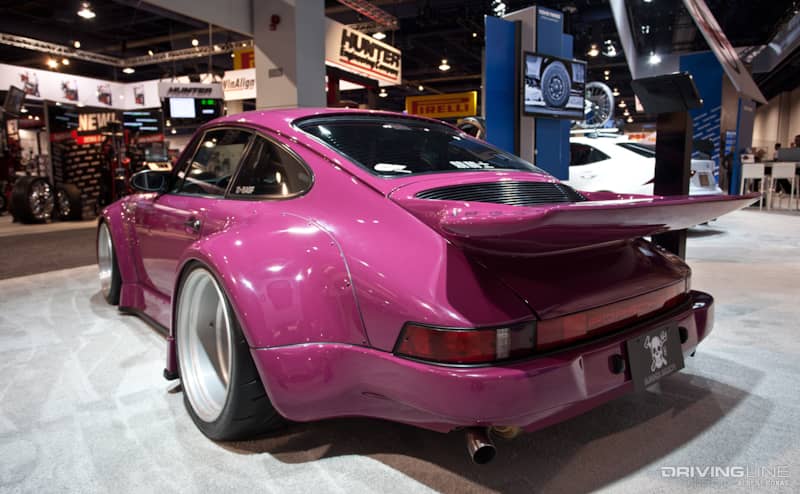
Once connected, a representative will help walk you through the various kit options, suspension and wheels. I’ve heard some pretty funny stories that Nakai-san (RWB’s founder) would feel a potential customer's aura to help guide his decisions, or he would discuss their driving style and then determine which setup would be best... this is simply not true. It makes for a great story, but building 100 cars a year and traveling around the world doesn’t leave much time for him to chat with each and every potential customer.
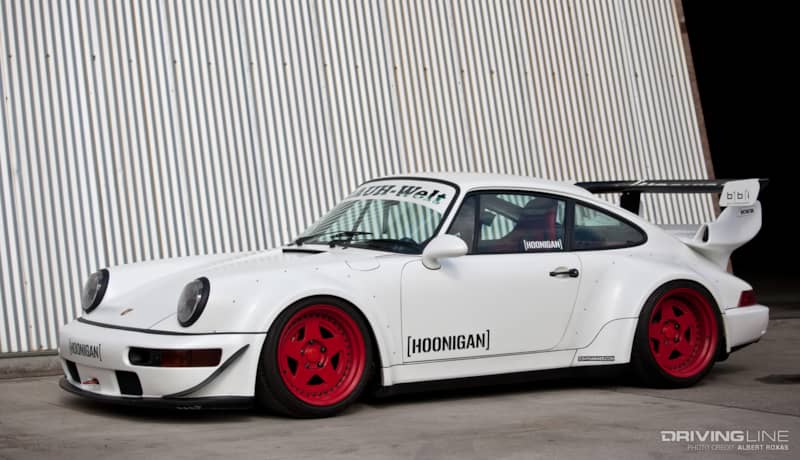
Once your setup is determined, a deposit is sent to RWB Japan to lock in your body kit. This basically gets you a place in line. Prior to shipment, the kit must be paid in full. A paid kit usually comes along with an approximate date for Nakai-san to install your kit personally. This date will vary upon Nakai-san’s travel schedule and when he is in your area of the globe. Most installations will take place at the closest RWB representative shop unless you have a particular place that you would like to work through.
While the price of the kit (which at the time of this feature was north of $25,000 depending upon your particular model and options) includes the actual installation, it does not include prep or paint. That is a separate cost, which you have to take care of on your own. Prep and paint for four fenders, two bumpers and side skirts (and possibly additional canards or rear spoiler) will set you back an easy $2,000 to $3,000 depending on your shop quality or connection. $28,000, and your car isn’t even lowered, and it’s on stock wheels.
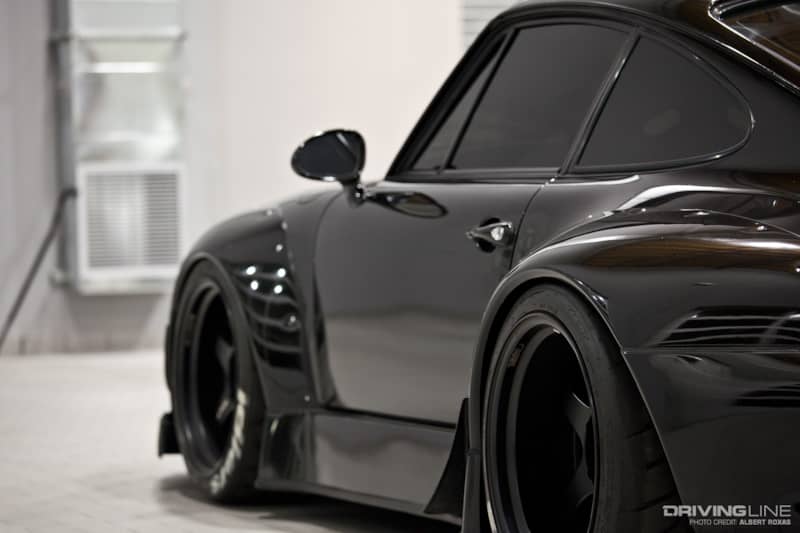
For all the haters out there saying RWB is played out or how common the cars are, take a look at that number — $28,000 — it’s no joke. A fair estimate, having been a part of three RWB builds, would be close to $40,000 once you add suspension, wheels and tires. That's $40,000 on top of your air-cooled Porsche, which are becoming increasingly more difficult to find; so all you keyboard warriors, take note: if you want to built one of those "played out RWBs," have your piggy bank ready.
Once you become an RWB owner, you become part of the “family,” although I can attest there are members of the family who are not actual owners. The like-minded enthusiasts and passion behind RWB are, in my opinion, some of the cooler parts of the process. Perks include access to the infamous Idlers racing event that takes place in Japan — availability of Nakai-san’s personal vehicles for race days and all the cool stuff you’ve read about. SEMA dinner is the annual reunion spot, which I’ve been graciously invited to each year. The group itself has a great set of resources and amazing stories to tell, with each member from a different background.
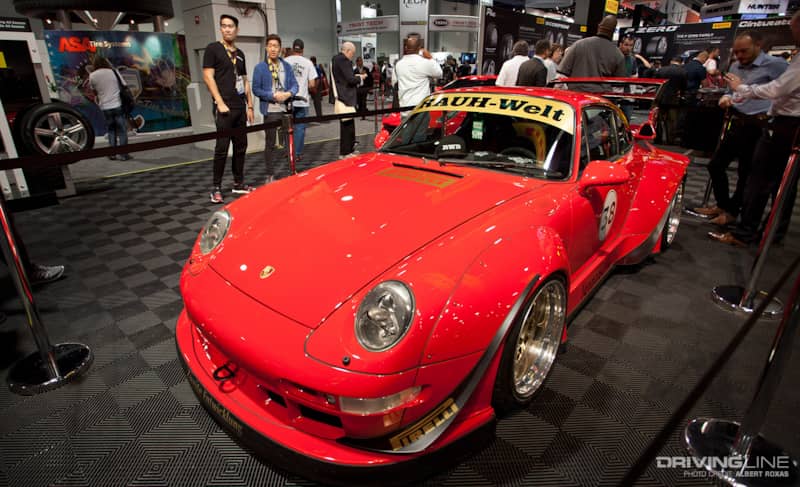
If you break down the actual cost and incidentals, it can get overwhelming pretty quickly, which is why it always makes me laugh when people use the terms “played out” or “common” when talking about RWB nowadays.
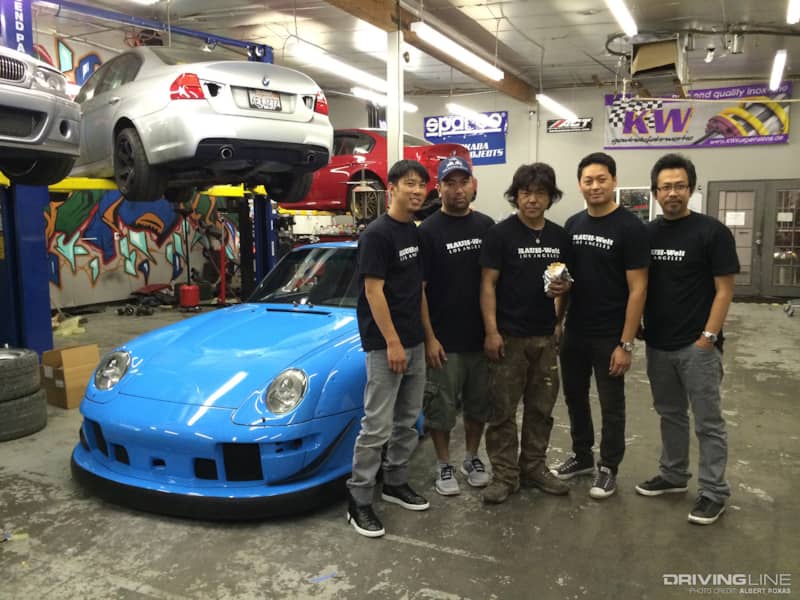
Get to know the facts before you make judgment; you can’t believe everything you read on the internet. When you decide to build an RWB, its value is in the relationships built and the experiences that go along with it. Priceless.







